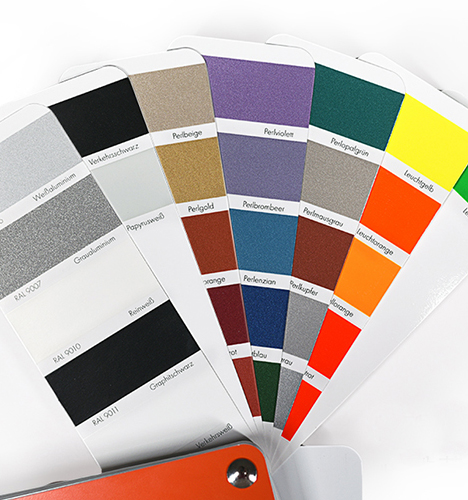Powder coating is an incredibly broad category of paint application and can be used to protect metal and wood components, to improve the sheen of aluminum products and to improve the appearance of rubber products. Because it's dry, powder coating allows for much faster drying times than oil-based paint formulations and also allows the components that are coated to move more naturally with the surrounding air. The other great thing about powder coating is that it's very easy to use, with most kits designed to work quickly and with minimal attention required from the user. The paint itself comes in two different forms: wet and dry.
Wet powder coating is just as the name implies: a dry powder coating applied as a liquid, usually through a spray gun. Unlike traditional liquid paint which is applied typically through an evaporating solvent, powder coating requires application with a special, cured, electric application gun. Depending on the type of component you're protecting, it might be necessary to apply the finish in stages, with each layer providing a higher degree of protection against abrasion and weathering. After the first layer is dry, it can simply be wiped away with a cloth or feather duster.
Dry powder coating, on the other hand, is a completely different animal entirely. In order to get a wet paint finish, you must either apply it through a solvent such as turpentine or gasoline, or by oven-heating the component to generate a chemical reaction with the surface of the metal. Once the chemical has formed, it's relatively easy to mix in a little water to help bring the final coat together and make it stick. The components take longer to dry, but given the extra time and effort involved, it's often preferred because of the final product's incredible durability and protection from abrasion and weathering.

The key to achieving success with dry powder coating involves getting the thermoset and polymer components ready to go before you even paint. This means getting all of the pieces, no matter how big or small they may be coated with a powder that can effectively insulate them from the atmosphere. After this has been accomplished, you can move on to working on the color scheme. Thermosets used for powder coating must come in the appropriate color suites to match what you're protecting. Not all products will work with all products, however, so it's important to ensure you're choosing the right color before beginning your project.
A key advantage of powder coating over conventional painting methods is its ability to provide long, even protection. In other words, once the finish has cured, there will be virtually no chance for the elements to get in. As long as you keep the areas clean and dry, you'll have virtually 100% protection. With traditional paint finishes, there are problems such as pitting (a thinning of the finish) and a lack of durability. Unfortunately, pitting typically appears after only two years of regular use, meaning you may find yourself in need of a new coat sooner rather than later.
Powder coatings also provide exceptional corrosion resistance. Because the finish is dry and solid, there is little chance for the elements to penetrate it, meaning your investment will be more durable. With traditional painting methods, metals can corrode from the moisture within the air, which means painting is constantly vulnerable to cracking and flaking. Another disadvantage is that it can take up to four coats of paint to get a consistent and complete shine, not to mention the amount of time and effort involved in applying. By offering solid protection and long durability, powder coating makes it an excellent choice for protecting automobiles, electronics, furniture, and just about any other surface.